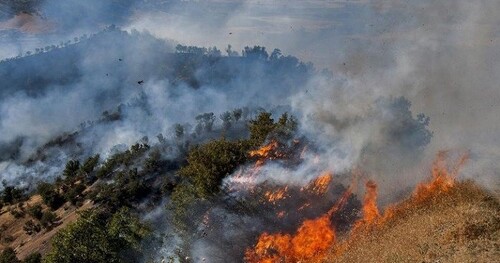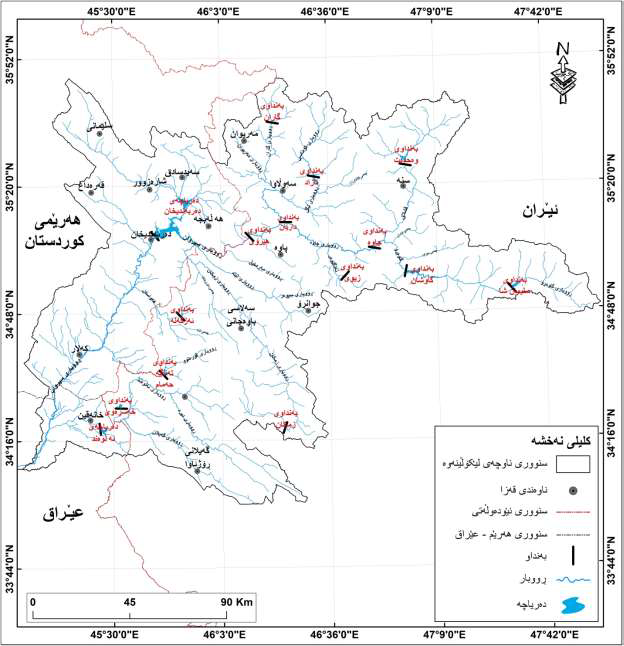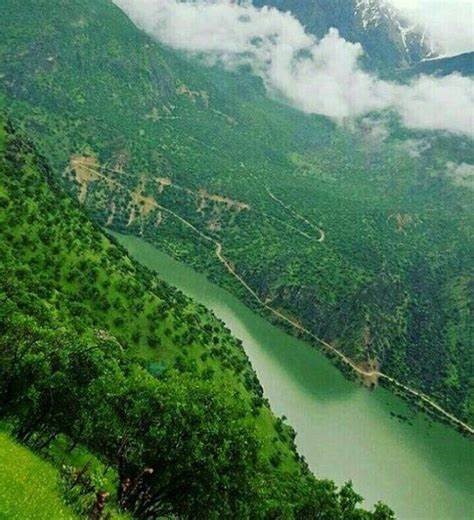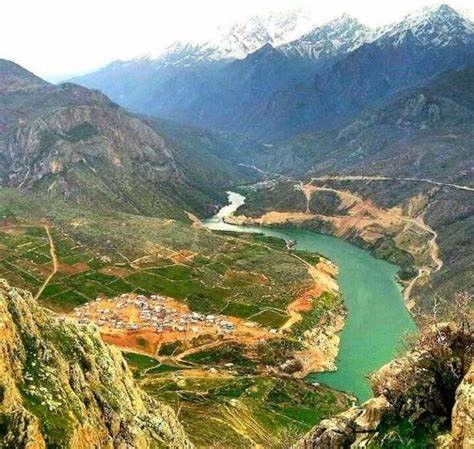Environmental colonialism, also known as Green Colonialism and Eco-colonialism, is the practice of one country's decisions and actions in another country or part of the people and society under its control, under the pretext of exploiting the environment, and using it as a costly development strategy and de-development of a subjugated country or society. Because most of these subjugated societies—the targets of de-development through environmental colonialism by the dominant state or nation—have ethnic, racial, and national differences, concepts such as “environmental racism” and “eco-apartheid” are used to analyze and expose the colonial policies of these nation-states. Thus, the Iranian state's environmental policy can be defined as a form of colonialism.
The environmental methods of the Iranian government's “internal colonialism” in the East part of Kurdistan include deforestation, burning of dense forests of the Zagros, construction of large dams, and water transfer to outside Kurdistan, as well as securing environmental activities. In this short article, we will focus on the construction of dams as one of the strategic bases of environmental colonialism in the eastern part of Kurdistan. Indeed, the large number of dams built in different parts of the eastern part of Kurdistan to transfer the water behind these dams to central Iran is evidence of the Iranian state's environmental colonialism in Kurdistan and its natural resources.

According to Iranian state reports, there are currently more than 10 dams in the East part of Kurdistan and about 50 others are under construction, implementation, or research. Iran's water policy has aimed to overcome water-related crises in the central regions of the country by investing in large-scale projects to diversify water resources. To this end, the state has begun to organize water transfer projects from the periphery to the center through the construction of large dams and harvesting water from border rivers. While such projects have benefited central parts of Iran, they have caused widespread social collapse and environmental destruction in the eastern part of Kurdistan. The east is one of the main sources of water supply in Iran.
Map of Iranian water projects on the sources of the Sirwan River

The construction of dams causes major social, economic, and environmental damage. One of the negative consequences of the dam is its fundamental impact on the socio-economic life of the rural population in the eastern part of Kurdistan. The construction of dams has led to forced land purchases and the displacement of large parts of the rural population, including those from historic sites. This will lead to an increase in the number of displaced and marginalized populations, poverty, and unemployment in Kurdistan cities, especially Sna, Kermashan, and Ilam. In addition, the allocated water from the dams covers less than 10% of the agricultural land in Kurdistan, which means that the manufactured resources are not available to the local people. While the East part of Kurdistan has approached a water crisis in recent years, the agricultural sector, which is one of the main sources of livelihood and income for the people of the East part of Kurdistan, has suffered from water shortages, the water from the dams is transferred to Persian and Turkish cities such as Hamedan, Zanjan, Tehran, and Esfahan for agriculture, urban water supply, and industrial projects. In this case, only the negative environmental impacts of dam construction will remain for the people of the East part of Kurdistan.

For this reason, the implementation of the dam project has been criticized by Kurdistan environmental activists. Environmental experts in Kurdistan point to specific government activities (such as building dams, water transfers, diverting rivers, building oil refineries, etc.) and say that these activities leave a destructive impact on Kurdistan's ecosystems and natural resources. Also, irrecoverable water transfers lead to economic underdevelopment, poverty, and social instability life in the eastern part of Kurdistan.
In 2015, Kurdish environmental activists launched protests and awareness campaigns called “Devastating Impact of Dam Industry on Nature” or “Environmental Damage of Dams” and “Save the Bil Spring Campaign”.

Kurdistan environmentalists believe that these dams will destroy the cultural heritage, character, and identity of the Kurdistan region. For example, the construction of the Darian Dam on the Sirwan River in Hawraman not only destroyed the large spring of the Bil source but also a 6000-year-old village and an archaeologically important region, part of Ruwar village and mountains and the valleys, forever drowned in the waters of the dam.

Therefore, if the cultural-linguistic resistance and struggle against the cultural policies of the Iranian state constitute part of the cultural counter-hegemony of Kurdistan's social movements, environmentalism, especially its political-cultural orientations, gives the East part of the Kurdistan movement a kind of environmental anti-colonialism movement.









